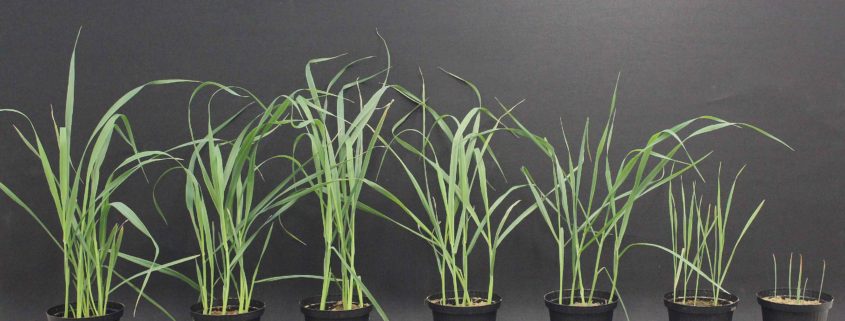Development of an ecotoxicological assessment concept for contaminants based on their bioavailability in soils
The German Soil Protection Ordinance defines precautionary values for seven metals/metalloids which, if exceeded, indicate that concern for a harmful soil change exists. All precautionary values given in the German Soil Protection Ordinance are based on total concentrations (aqua regia extraction). However, total metal/metalloid concentrations do not represent the actual exposure of soil organisms to these metals/metalloids. A realistic ecotoxicological assessment concept for contaminants should consider their bioavailability in soil, e.g. by taking soil properties such as texture, pH, or organic matter content into account.
The aim of the present project was to develop such a concept for the derivation of precaution-oriented soil values especially for the path soil – soil organisms on the basis of the bioavailable fractions of metals and metalloids. Arsenic was chosen as test substance, since its ecotoxicological effects in soil were not sufficiently characterised. In order to cover the normal variability of natural soils, six soils were selected that are representative for Central European conditions and pedologically comprehensively characterised. Ecotoxicological effect concentrations (EC10 or EC50 values) were determined in standardised ecotoxicological tests with eight species of soil organisms in these soils. Arsenic concentrations in the soils were determined using six extraction methods of different strengths. The strength of these extraction methods decreased in all soils in the order aqua regia > HNO3> DTPA > Ca(NO3)2 ≥ CaCl2 > NH4NO3. The results of the ecotoxicological tests with the different soils and the respective chemical residue data were analysed in order to identify the extraction method that best reflects the bioavailability. Two approaches for the derivation of soil values were identified: (1) on the basis of the most appropriate extraction methodology, and (2) on the basis of the total metal/metalloid content followed by normalisation to the respective soil properties. For arsenic, the latter proved to be more suitable. The following proposals were made for precautionary soil values for the three main soil texture classes: 10 mg/kg soil dry weight (dw) for sand, 30 mg/kg dw for loam/silt, and 40 mg/kg dw for clay. When compared with background levels of arsenic occurring in Germany and with the precautionary soil values of other countries these values are regarded as plausible.
For two further substances, nickel and copper, selected ecotoxicological tests were carried out. The results of these tests were used together with other available ecotoxicity data to derive proposals for precautionary soil values.
Last update: August 2020



